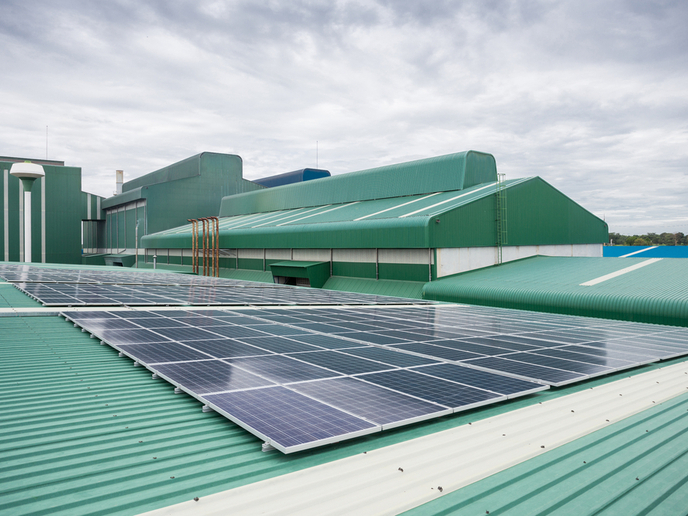Real estate decarbonisation – Assess, manage & avoid carbon risk through the Carbon Risk Real Estate Monitor
It’s no secret that many strategic sectors are far from on track to meeting the global warming control targets set under the Paris Agreement. The European real estate sector is one of them. Refurbishment rates are far too low, and energy consumption way too high. Stakeholders involved in CRREM (Carbon Risk Real Estate Monitor – Framework for science-based decarbonisation pathways, toolkit to identify stranded assets and push sustainable investments) believe this gap is due in part to the lack of specific targets for this market. As Sven Bienert, head of the IRE|BS Competence Center for Sustainable Real Estate at the University of Regensburg(opens in new window), explains: “Real estate investors and other market actors never received guidance regarding the ‘fair share’ of CO2 emissions of their properties. Besides, tools and software for strategic planning and the identification of climate risks were missing.” CRREM has been answering this need by defining decarbonisation pathways to a 1.5 °C or 2 °C scenario, specific to each country and sub-sector (offices, hotels, retail, etc.). Each trajectory starts from current carbon and energy intensities and provides a clear decarbonisation pathway until 2050. “Besides the possibility for investors to set their own targets based on these pathways, we have developed a tool that can benchmark property-specific consumption data with these targets. Investors now have software that can effectively bring more transparency to the transition risk. They can also calculate what we call the stranding risk – the level of emissions beyond which the property exceeds its fair share of emissions based on the trajectories,” says Bienert. What is perhaps most appealing to stakeholders is the fact that results are also presented in monetary terms. Feeding this new CRREM software with reliable data was a challenging task in a sector where market data is difficult to access and the amount of required data was enormous. Property stock, current emission levels and future development of emission factors all had to be factored in. Yet, the team succeeded, and their software is now fully operational.
A reference tool for future investments
Investors have been using CRREM extensively to manage their carbon risk, in what Bienert says is a “very strong uptake from industry.” The team will therefore be focusing on dissemination and further community building until the scheduled end of the project in January 2021. Follow-up funding has already been secured, and a new project is now in its final phase. “We have major investors such as GPIF in Japan and Ivanhoé Cambridge in Canada using our results. Our research even made some noise in the US, where the American Real Estate Society (ARES) granted the accolade of ‘Best European Research Paper’ to CRREM’s research paper(opens in new window),” Bienert notes. In the long run, the team is confident that their tool will trigger more proactive investments in energy efficiency. It should also be useful to differentiate between good and bad assets and properties when awarding green premiums or discounts. Focusing on the Assets under Management, those owned and/or managed by the testers and users are valued at over EUR 300 billion , with over 5 million m2 of lettable space analysed via the tool. There is no doubt that its impact over the coming years will be substantial







